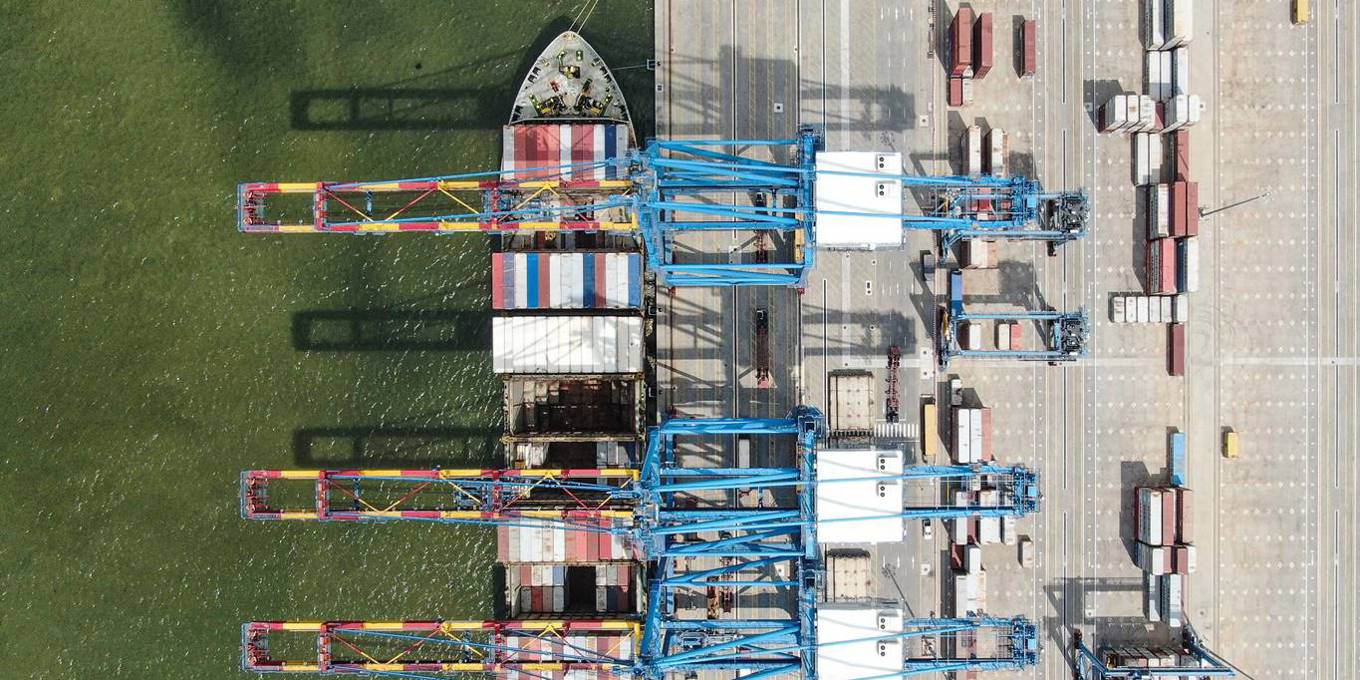
The rapidly evolving geostrategic environment has increased bipolarity between China and the United States, rather than leading to greater multipolarity, as many expected. Amid this intensifying Sino-American rivalry, African countries should focus on enhancing regional cohesion to advance their interests.
JOHANNESBURG – Contrary to widespread expectations, the rapidly evolving geostrategic environment has not led to greater multipolarity. Instead, it has increased bipolarity between China and the United States, which are engaged in a cold war centered not on ideology but on technology. Former US President Donald Trump’s 2018 tariffs on Chinese goods, on which Joe Biden has doubled down, led to Mexico becoming the top exporter to the US in 2023, a position that China had held for 16 consecutive years. African countries must decide how to navigate this intensifying Sino-American rivalry in a way that advances their interests.
- Surviving a Future of Extreme Heat
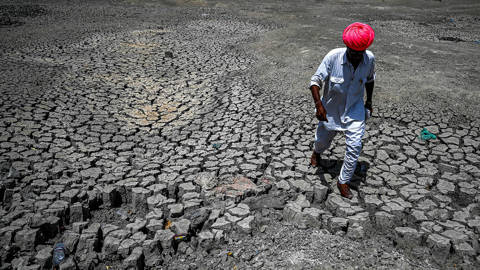 PRAKASH SINGH/AFP via Getty Images
PRAKASH SINGH/AFP via Getty Images - Abortion and Reproductive Rights Are Economic Issues
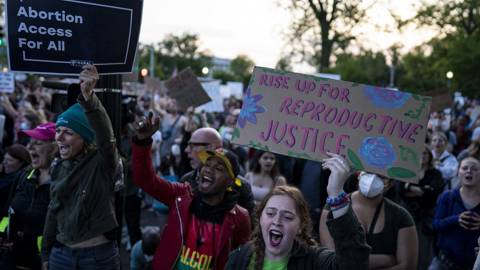 Kent Nishimura / Los Angeles Times via Getty Images
Kent Nishimura / Los Angeles Times via Getty Images - China’s Economic Paradox
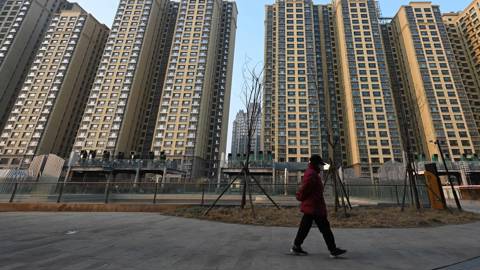 GREG BAKER/AFP via Getty Images
GREG BAKER/AFP via Getty Images
Free to read
China’s rise has been dramatic. A decade ago, the country launched an ambitious plan to revitalize the ancient Silk Road; today, around 150 countries have joined the resulting Belt and Road Initiative, which has built highways, railways, sea ports, airports, and pipelines around the world (including one-third of Africa’s infrastructure). Moreover, China has displaced the US as the world’s top trading partner, including for the African continent, with China-Africa trade reaching a record $282 billion in 2023. And the country has extended its influence with the Beijing-based Asian Infrastructure Investment Bank, which has 110 members, and the BRICS grouping (Brazil, Russia, India, China, and South Africa), which recently expanded to include Egypt, Ethiopia, Iran, Saudi Arabia, and the United Arab Emirates.
In addition to its economic ascent, China has also become a regional military power, with a focus on reunifying Taiwan with the mainland and reducing American influence in Asia. But Chinese President Xi Jinping’s personality cult, coupled with his repression of domestic dissent, could eventually damage China’s progress on both fronts and prevent its widespread acceptance as a global superpower.
Despite hyperbolic claims about the end of Pax Americana, the US is still the world’s largest economy, with its $28.7 trillion GDP accounting for 26% of global output, and has the largest military budget, accounting for 39% of global defense expenditure. Moreover, America’s technological prowess and soft power will sustain its hegemonic status for years to come, even as other countries like China ramp up their global economic and security commitments and assume more responsibilities from the overextended superpower.
A closer look at the China-dominated BRICS+, which accounts for 46% of the world’s population and 36% of its GDP, provides insight into the shifting geopolitical terrain. Unlike the Axis powers of Germany, Italy, and Japan, which withdrew from the League of Nations during the interwar period and were prepared to use military power to overturn the international system, BRICS+ comprises largely status quo powers. These countries seek to enhance their own positions in institutions such as the United Nations, the World Bank, and the International Monetary Fund, and chip away at Western dominance.
India, the world’s fifth-largest economy, is the second-largest BRICS+ country, accounting for 12% of its GDP (whereas China alone represents 65%). Under the Hindu nationalist regime of Prime Minister Narendra Modi, however, India suffers from delusions of grandeur. Modi’s government has fallen short of his much-touted “trinity” of demography, democracy, and diversity. To be sure, India has overtaken China as the world’s most populous country; but the ruling Bharatiya Janata Party continues to capture democratic institutions and brutalize Muslims. The country has long abandoned its post-independence “non-aligned” stance, for which it was once so widely admired across the Global South, in favor of a more opportunistic policy of “multi-alignment.” Today’s India lunches with its fellow BRICS+ members and sups with America’s Indo-Pacific allies under the cover of darkness.
Secure your copy of PS Quarterly: The Climate Crucible 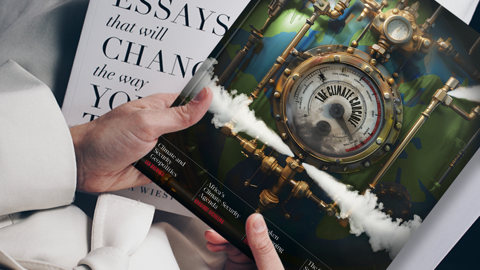
Secure your copy of PS Quarterly: The Climate Crucible
The newest issue of our magazine, PS Quarterly: The Climate Crucible, is here. To gain digital access to all of the magazine’s content, and receive your print copy, subscribe to PS Premium now.
Subscribe Now
South Africa represents only 0.9% of BRICS+ GDP, but has made its presence felt by accusing Israel of committing genocide in a case at the International Court of Justice – a reflection of the post-apartheid government’s support for Palestinian self-determination. After assuming the G20 presidency in December, the country is expected to promote African interests such as debt suspension, climate financing, infrastructure development, fair trade, and reform of global governance institutions. Its “active non-alignment,” however, has lacked consistency, especially with regard to the Ukraine war.
Brazil’s $2.3 trillion economy is the world’s eighth largest, and the country accounts for more than 40% of Latin America’s economy. The return of President Luiz Inácio Lula da Silva – one of the most popular figures in the Global South who first ruled from 2003-11 – could help improve relations between the West and developing countries, many of which have failed to heed America’s warnings about increasing trade with China.
The West’s declining global influence is exemplified by the conflict in Gaza. America’s unconditional backing of Israel has undermined ceasefire negotiations and efforts at “shuttle diplomacy,” with Iran, Yemen, and militias in Syria, Iraq, and Lebanon showing little fear of US military might (a sentiment likely informed by the humiliating withdrawal of American troops from Afghanistan in 2021). It has also led to accusations of a double standard and further weakened international support for Ukraine, leaving the US and Israel deeply isolated in the UN General Assembly.
Many Global South countries are seeking to bolster BRICS+ and the 120-strong Non-Aligned Movement. The latter is being revived now that its goals – abstaining from collective-defense arrangements with great powers, enhancing regional autonomy, and strengthening global governance institutions – have taken on renewed relevance.
Bolstering regional cohesion is especially important for African countries. They must coordinate closely to use the continent’s lucrative relationship with China to secure better trade deals with Western partners, and to stop further military meddling by foreign powers, including the US, France, Russia, and China. And, as the recent UN Summit of the Future underscored, Africa needs improved capacity to address continuing conflicts and worsening climate change – challenges, in other words, that require a multilateral response.

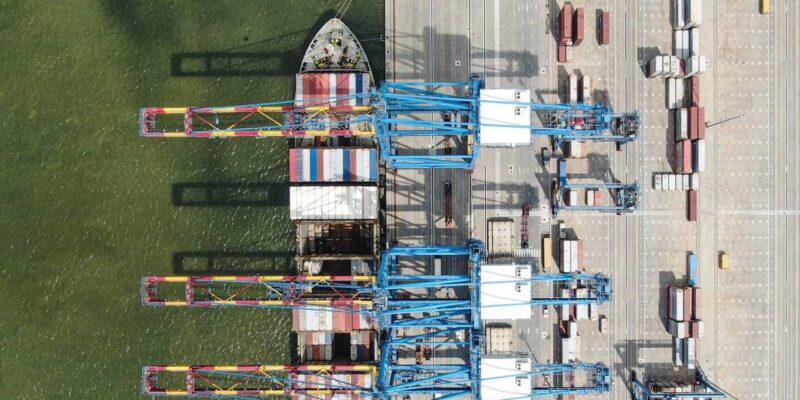









Comments